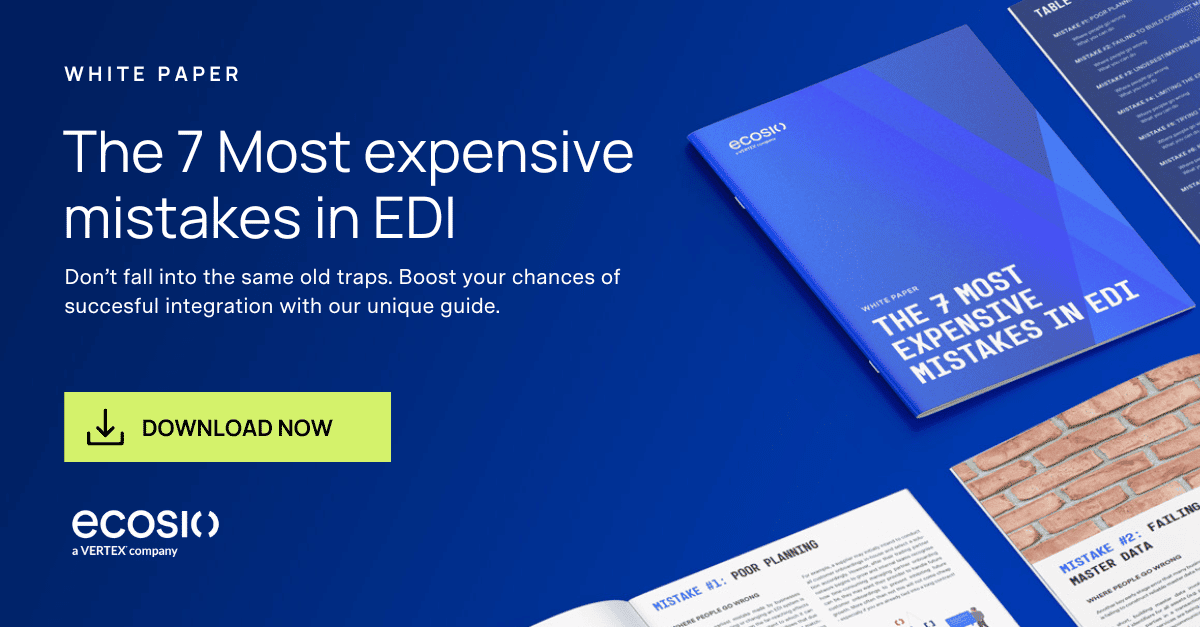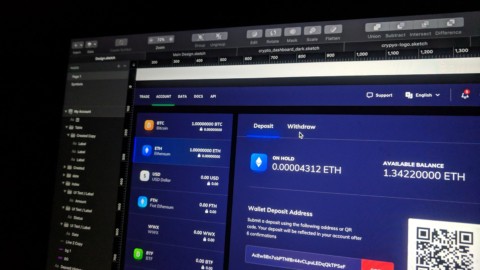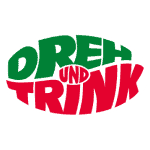Large EDI onboarding projects, whether it’s partners, suppliers, customers, 3PL, or marketplaces can feel like conducting an orchestra without a score. You are juggling timelines, approvals, mappings, test files, and people who are out of office. One missed update and momentum stalls. If you are leading EDI or running IT delivery, you want confidence and speed to go-live, not more status meetings.
TL;DR — what this covers
- Visibility and context must be in one place
- Collaboration and ownership must be clear and survive absences
- Progress tracking needs objective signals, not gut feel
- Permissions and access must support enterprise structures
- Managed service commitment removes operational drag
Why onboarding proficiency should be on your checklist when choosing an EDI partner
When enterprises evaluate EDI service providers, the focus often lands on compliance, formats, and integrations. Those are vital, but onboarding is where the partnership is tested. If EDI onboarding projects can’t be delivered smoothly, no amount of technical capability matters.
Onboarding is included in every EDI partnership you consider, but the way it is handled varies widely and there are many supplier onboarding risks that businesses overlook. Some providers leave you chasing updates and managing projects yourself. Others give you visibility, collaboration, and clear responsibilities so you stay in control without carrying the operational load.
This is why your EDI onboarding project checklist should focus on more than connections and compliance. It should highlight how a partner manages complexity, keeps projects moving, and protects your team from hidden workload. Without this, partner and supplier onboarding risks will multiply quickly.
This following is a practical EDI onboarding project checklist for enterprises, and is designed to help IT and EDI specialists understand what to demand from an onboarding partner or solution, so work stays clear, collaborative, and fast.
1) Visibility and context in one place
You should be able to see where every onboarding stands, and dive into detail when you need it. Guesswork only slows you down.
Ask for
- A single place to see all active onboardings, owners, phases, and next steps
- Signals that highlight stalled work or risks
- Files, history, and decisions tied directly to the work being done
- Simple ways to involve the right people when input is needed
Because this means
- Leaders can give stakeholder updates without extra meetings
- IT can debug faster and avoid rework
- No one needs a separate briefing to understand what changed and why
Quick example: Think of it like a flight board. You see every flight, its status, and who is at the gate. If one is delayed, you know instantly and can drill into the reason. That level of onboarding visibility makes it far easier to keep projects on track.
2) Collaboration and ownership that keep work moving
Projects slow when a single person becomes a bottleneck. Vague action items also waste time. You need collaboration models that make responsibilities visible and transferable, so progress is never dependent on one individual.
Ask for
- Shared ownership models such as user groups so responsibilities remain actionable when someone is away
- Simple follow-ups and handoffs that create the next step before closing the current one
- Activity history that shows who changed what and when
Because this means
- Work keeps moving during holidays, illness, or team changes
- No more “waiting on Alice” when Alice is off
- Nothing slips between meetings
- Handover quality improves and speed to go-live increases
Real-world picture: Think of a relay race. If only one runner can take the baton, the race ends the moment they stop. With spare runners ready, the baton keeps moving, and the finish line comes sooner. Without this, EDI onboarding project risks escalate unnecessarily.
3) Progress tracking with objective signals
You should not be reliant on gut feel. Leaders and teams need clear signals about where work stands, not vague updates or subjective summaries.
Ask for
- Real-time visibility into open and stalled work
- Clear ownership of next steps, so it is obvious who needs to act
- A full history of what has been done in one place
Because this means
- Leaders can spot risks early and step in before they grow
- Teams spend less time chasing status and more time unblocking work
Without these signals, issues stay hidden. That is when onboarding delays turn small setbacks into project-wide problems.
4) Permissions and access for enterprise structures
Enterprises often have complex organisations with parent companies, subsidiaries, and multiple teams. Permissions need to reflect that complexity, otherwise visibility and governance break down.
Ask for
- Flexible access levels that support parent and subsidiary companies
- Clear governance over who can view, comment, and manage responsibilities
- An audit trail of work that’s been done, files, and changes
Because this means
- The right people see the right work
- Governance is aligned with your organisation
- Security and compliance approvals happen faster
5) Managed service commitment
Great tooling is important. Great people behind the tooling are essential.
Ask for
- Proactive support with clear ownership of mapping clarifications and connection questions
- A service model that explains who does what, and how issues are unblocked
- Evidence of how the EDI partner keeps momentum
Because this means
- You are not carrying the operational load alone
- Progress is protected, even when your own capacity is limited
The checklist you can lift into your next RFP or evaluation
Use this as a quick test. If you cannot tick most boxes, expect delays.
- Visibility and context in one place
- Shared ownership and collaboration models so work does not stall
- Real-time visibility into open and stalled work
- Permissions and access that fit complex enterprise structures
- Managed service that actively unblocks work, not just software
Bringing it together
When you treat visibility, collaboration, and ownership as buying criteria, you choose a partner that protects momentum. Leaders get confidence without extra meetings. IT and EDI specialists get the context they need to resolve issues quickly.
Onboarding is also where the difference between managed and fully managed EDI becomes clearest. With a fully managed approach, every responsibility, from mapping to activation, is handled for you, so projects do not stall. This reduces common EDI onboarding project risks and gives you the visibility you need to keep work on track.
If you are about to start a new wave of EDI onboarding projects, take this checklist to your team. Ask your potential partner to show how they deliver each point in practice. That is how you keep projects moving and reach go-live faster, with less stress for everyone involved.
Get in touch with our EDI experts today to see how a fully managed solution simplifies everything, including onboarding.























